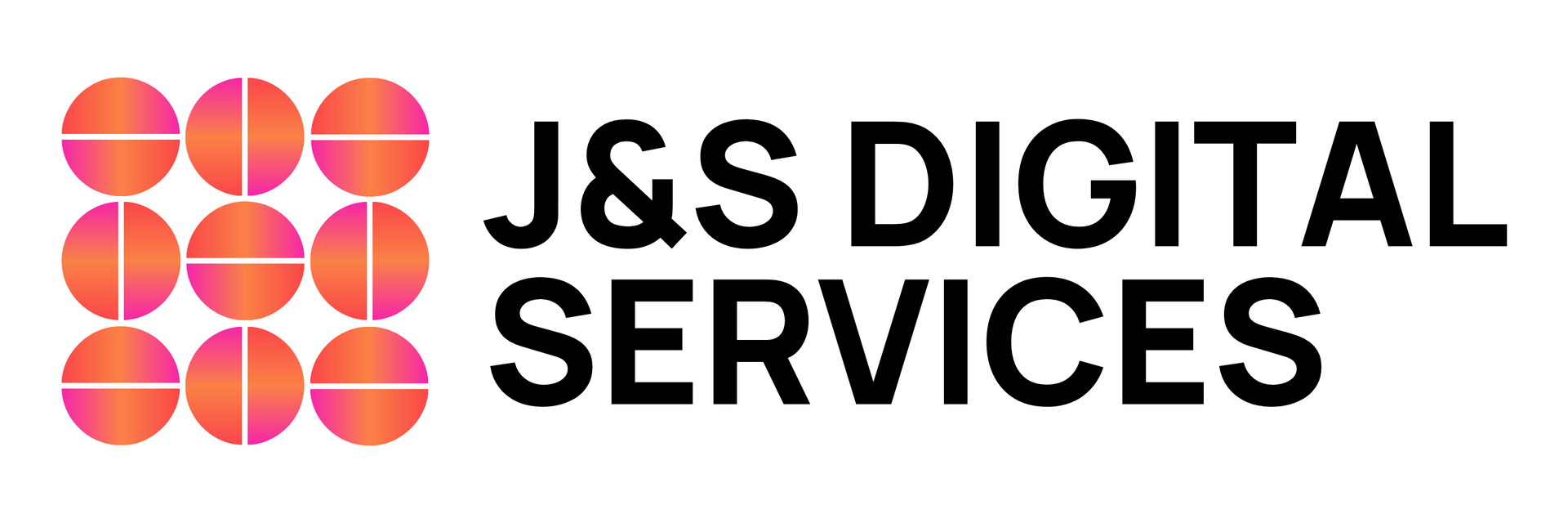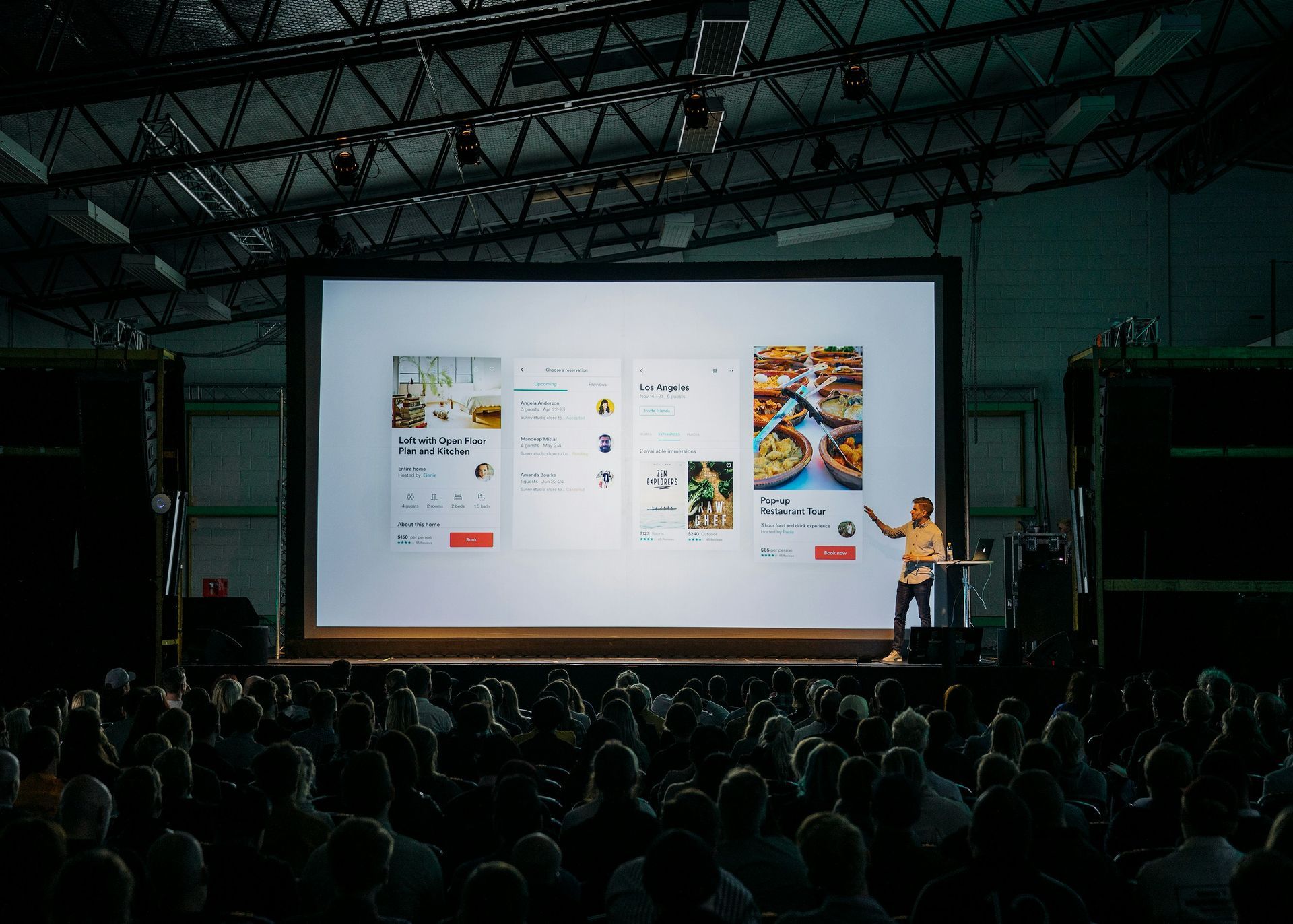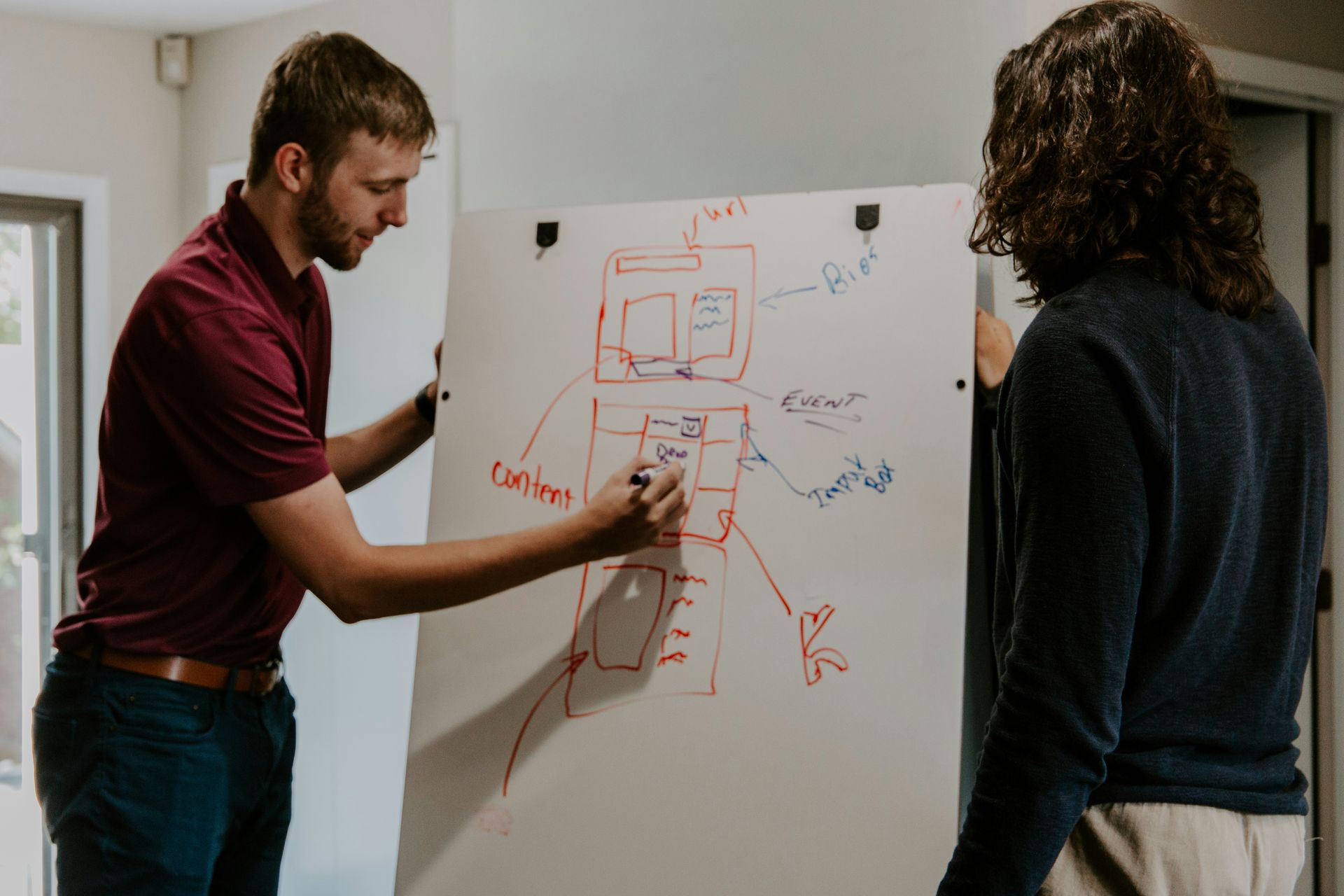10 Essential Design Elements for a High-Converting Website

Website design isn't just about aesthetics — it's a strategic tool that can make or break your online success. In a world where online shopping and digital interactions are becoming the norm, having a website that converts visitors into customers is paramount. But what does it take to create a high-converting website? It's not just about flashy graphics or trendy layouts. It's about understanding your audience, crafting a user-friendly experience, and guiding visitors toward taking action.
This guide explores ten essential design elements that can transform your website into a conversion powerhouse. Let's dive in!
1. Responsive Design
In today's mobile-driven world, responsive design is no longer optional but necessary. A responsive website adapts to the screen size of the device it's being viewed on, providing a seamless experience for both desktop and mobile users. Why does this matter? Because more than half of all web traffic comes from mobile devices. You risk losing potential customers if your site doesn't look or function well on a smartphone or tablet.
But responsive design goes beyond just looking good. Even though
graphic design is key here, it's also about creating an intuitive and enjoyable experience for all users, regardless of how they access your site. Every aspect should be optimized for the user's convenience, from easy navigation to quick loading times. Whether you're a local San Diego business or reaching a global audience, responsive design ensures that everyone can interact with your site effortlessly.
2. Clear Call-to-Action (CTA) Buttons
A call-to-action (CTA) is like a signpost on the road, guiding your visitors where you want them to go. Whether making a purchase, signing up for a newsletter, or contacting you for more information, clear and compelling CTAs are essential for driving user behavior. But what makes a CTA effective?
First, it needs to be visually distinct. A CTA button should stand out from the rest of the content, drawing the eye and inviting a click. Second, the language should be clear and action-oriented. Phrases like "Buy Now," "Contact Us," or "Learn More" tell the user exactly what to expect.
Finally, placement matters. Your CTAs should be strategically positioned throughout your site, guiding visitors through a logical journey that leads to conversion. By combining visual appeal, clear language, and strategic placement, your CTAs can become powerful tools in turning visitors into customers.
3. High-Quality Images and Visuals
Visuals aren't just eye candy — they're vital to your website's appeal and functionality. High-quality images and visuals can convey your brand's identity, showcase your products or services, and create an emotional connection with your audience. But quality matters. Blurry or pixelated images can detract from your site's professionalism and hinder user engagement.
Choosing the right visuals goes beyond mere aesthetics. It's about selecting images that resonate with your target audience and align with your brand's values. The visuals should tell a story and guide the visitor through your site, whether it's vibrant product photos, compelling infographics, or engaging videos. Remember, a picture is worth a thousand words, but the right picture can be worth a thousand clicks.
4. Intuitive Navigation
Ever been lost on a website, clicking around aimlessly, trying to find what you need? It's frustrating and a surefire way to lose potential customers. Intuitive navigation is the roadmap of your website, guiding visitors to the information they seek without hassle or confusion. It's not just about having a menu; it's about creating a logical flow that makes sense to your users.
Start with clear and concise menu labels. Avoid jargon or overly creative terms that might confuse visitors. Organize the content to reflect the user's journey, from understanding your offerings to making a purchase. Include easy-to-find links to essential pages like "Contact Us" or "About Us." The goal is to make navigation so seamless that it feels natural, allowing visitors to focus on what truly matters: your content, products, or services.
5. Fast Loading Speed
Time is of the essence in the online world, and a slow-loading website can be a significant roadblock to conversion. Every second counts; even a slight delay can send potential customers clicking away. Studies show that a delay of just one second in page load time can lead to a 7% reduction in conversions. That's a significant loss, especially if you drive substantial site traffic.
But fast loading speed isn't just about keeping visitors on your site; it's also a factor in search engine rankings. Search engines like Google prioritize sites that load quickly, meaning a faster site can help you rank higher in search results. Optimize images, minimize code, and leverage browser caching — these are just a few strategies to enhance loading speed. Whether serving customers in San Diego or globally, a fast-loading website is essential for keeping visitors engaged and encouraging them to take action.
6. Trust-Building Elements
Trust is the cornerstone of any successful online relationship. When visitors land on your website, they look for signs that your business is reputable, reliable, and worthy of their time and money. Incorporating trust-building elements can significantly affect how your brand is perceived.
Include customer testimonials, showcasing honest feedback from satisfied clients. Display trust badges, such as security certifications or industry awards, to demonstrate your credibility. Highlight press mentions or collaborations with well-known brands. These elements build confidence and provide tangible proof of your business's quality and integrity. In a world filled with online scams and dubious websites, standing out as a trustworthy entity can be decisive in converting visitors into loyal customers.
7. SEO-Friendly Content
Search Engine Optimization (SEO) isn't just a buzzword; it's a fundamental aspect of modern website design. SEO-friendly content ensures that your website is discoverable by search engines, connecting you with the people actively searching for your products or services. But SEO is more than just stuffing keywords into your content.
Craft content that is engaging, relevant, and valuable to your audience. Utilize keywords naturally, focusing on readability and user experience. Include internal links to guide visitors through your site, and optimize meta tags for better search engine understanding. SEO isn't a one-size-fits-all solution; it requires a tailored approach that aligns with your brand and target audience. By focusing on quality over quantity, you can create an SEO strategy that boosts your search rankings and resonates with your visitors.
8. Social Media Integration
The power of social media extends beyond likes and follows. When integrated into your website design, social media becomes a dynamic tool for connecting with your audience and expanding your online reach. Include easily accessible social media buttons that lead to your profiles, embed social feeds to showcase your latest posts, and encourage sharing by adding share buttons. By weaving social media into your site, you enhance the user experience and foster a sense of community around your brand.
9. Accessibility for All Users
Creating a website accessible to everyone is not just about meeting legal requirements. It's a commitment to inclusivity, ensuring that all visitors, regardless of disabilities or limitations, can navigate and enjoy your site. Implement features like alt text for images, video transcripts, and keyboard-navigable forms. Accessibility is about embracing diversity and creating an online space where everyone feels welcome.
10. Consistent Branding
Your brand's identity should shine through every aspect of your website, creating a cohesive and memorable experience. Consistent branding goes beyond matching colors and fonts; it's about aligning every element with your brand's values and personality. From typography to messaging, consistency builds recognition and trust, reinforcing your brand's identity and creating a unified experience that feels uniquely yours.
Building a High-Converting Website
The journey to a high-converting website is both an art and a science, weaving creativity with strategic insights. The ten essential design elements we've explored are foundational to a website that captivates and converts. From the adaptability of responsive design to the inclusivity of accessibility features, these principles are universal, whether you're reaching San Diego's vibrant community or a global audience. Ready to elevate your website?
Contact J&S Digital Services, and let's transform your online presence.














